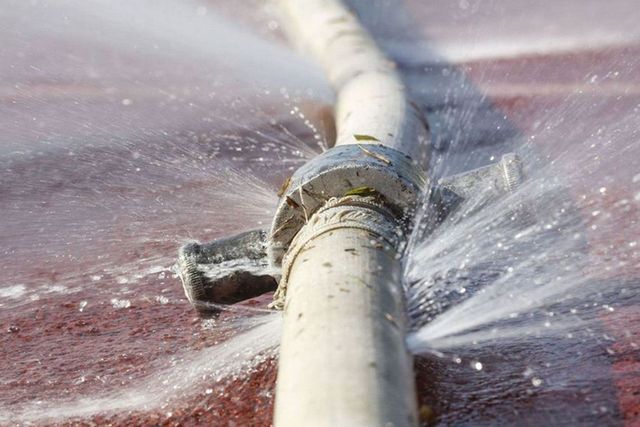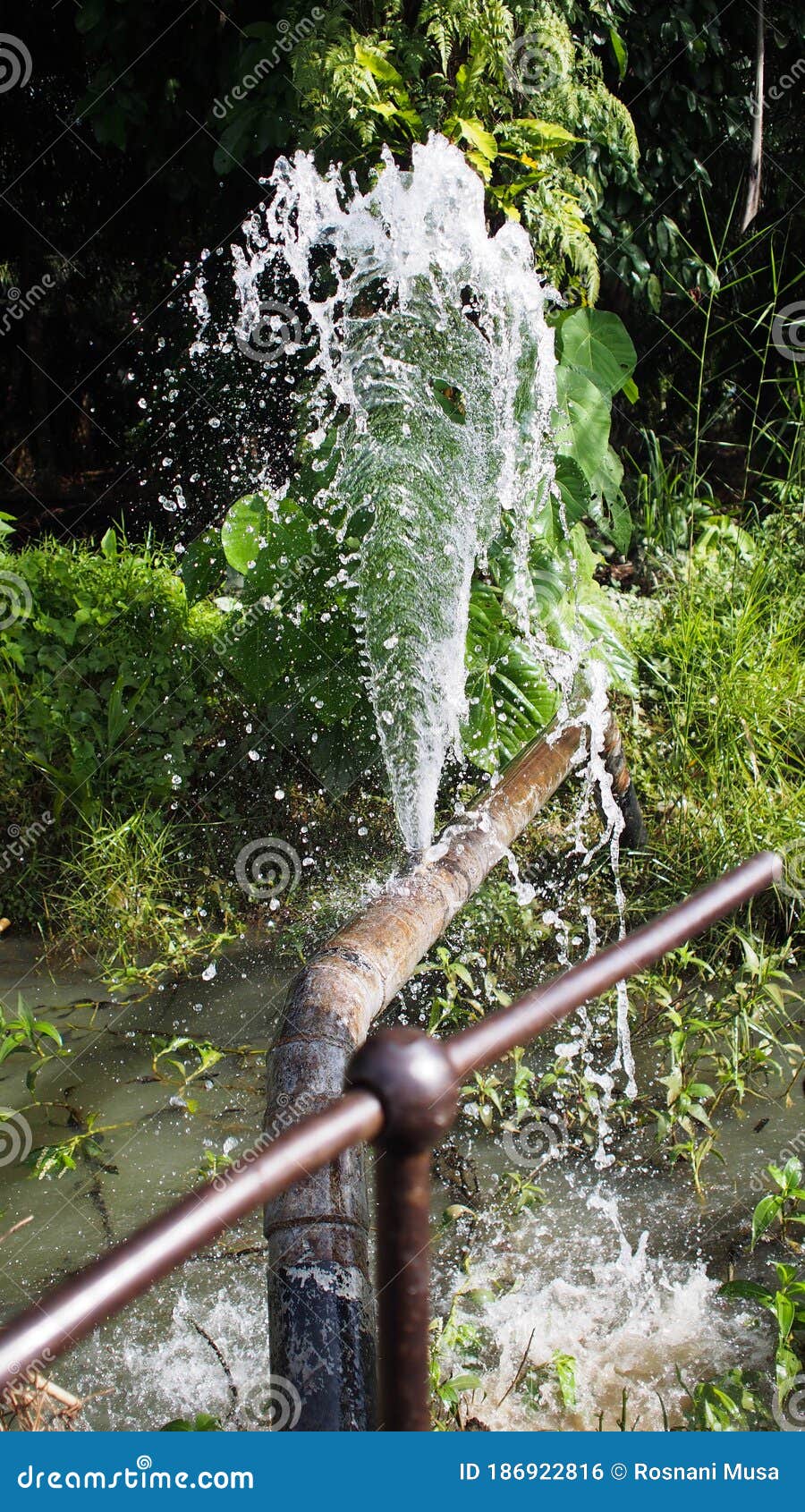How to Fix a Burst Pipe Yourself: A Step-by-Step Guide for Homeowners
How to Fix a Burst Pipe Yourself: A Step-by-Step Guide for Homeowners
Blog Article
Protecting Against Burst Water Lines: Crucial Tips to Safeguard Your Plumbing
Avoiding burst pipelines is a critical concern for homeowners, especially throughout colder months when the threat of freezing is heightened. Executing strategic procedures such as appropriate insulation, routine evaluations, and maintaining consistent interior temperature levels can significantly reduce the likelihood of pipeline failure. Furthermore, comprehending emergency treatments equips house owners to react promptly to potential pipes concerns. Lots of are not aware of the specific vulnerabilities that their pipes might face. Discovering these susceptabilities can offer vital insights right into protecting your pipes system successfully.
Understand Pipeline Vulnerabilities
Recognizing pipe vulnerabilities is necessary for effective plumbing maintenance and stopping pricey damage. Numerous factors contribute to the susceptibility of pipes to bursts, including material composition, age, and ecological problems. Older pipelines, particularly those made from galvanized steel or polybutylene, usually degrade in time, causing boosted risk of ruptures and leakages.
Temperature changes can likewise considerably influence pipe integrity. In cooler environments, water caught in pipes can freeze, exerting and increasing stress on the pipeline wall surfaces, which might eventually cause a burst. Furthermore, high water pressure can stress pipelines, specifically at bends and joints, increasing the possibility of failing.

Insulate Pipeline Effectively
Appropriate insulation of pipelines is crucial for stopping freezing and subsequent ruptureds throughout cold weather condition (burst pipe). Insulating your pipes system successfully safeguards against temperature level goes down that can cause expensive damage. Begin by determining at risk locations where pipes are subjected to outside temperatures, such as cellars, attic rooms, and exterior walls
Usage foam pipeline insulation sleeves or wrap insulation tape around these locations to provide a safety barrier. Make sure that all areas of the pipes, specifically those with restricted warmth exposure, get adequate insulation. Pay special focus to joints and installations, as these are a lot more susceptible to cold.
When shielding, it's necessary to pick products that satisfy local building codes and are suitable for the particular atmosphere. Fiberglass insulation is usually suggested for its thermal resistance residential properties. In addition, think about making use of warmth cables or tape in severe conditions, which can be connected in to give extra warmth
Regularly inspect shielded pipelines for any signs of wear or damages, as jeopardized insulation can diminish its efficiency. By taking these positive actions, you dramatically reduce the risk of pipe bursts, ensuring a reliable pipes system throughout the cold weather.
Maintain Consistent Temperature Level
A steady interior temperature is crucial for preventing ruptured pipelines during the icy months. When temperatures decline, water within pipelines can freeze, increasing and creating stress that might eventually trigger the pipes to ruptured.Using a programmable thermostat can help take care of interior temperatures efficiently, ensuring that spaces with pipes remain cozy even when the house is vacant.
This minor flow of water can protect against cold by easing stress within the pipelines. By executing these methods, property owners can significantly decrease the risk of pipeline ruptureds and safeguard their plumbing systems versus the extreme winter season components.
Frequently Examine Pipes
Routine inspections of plumbing systems are critical for avoiding ruptured pipelines and maintaining general home integrity. During these assessments, it is necessary to check out noticeable pipelines for indications of corrosion, leaks, or put on.
Additionally, checking connections and joints is important, as these factors are often at risk to leaks. House owners should also analyze water pressure levels, as find here extreme stress can stress the plumbing system and boost the threat of pipeline bursts.
Take into consideration organizing professional plumbing assessments at the very least when a year, particularly prior to winter months, to guarantee your system is prepared for colder temperatures. By being proactive in your method, you can safeguard your home against the turbulent and costly repercussions of burst pipes.
Know Emergency Procedures
Understanding emergency situation procedures is vital for each property owner, specifically after conducting routine pipes inspections. Being gotten ready for a pipes emergency situation can dramatically minimize damages and save costs. First, situate your major important link water shut-off valve; it is normally discovered near the water meter or where the primary line enters your home. Acquaint on your own with its operation, as turning off the water rapidly can protect against considerable flooding.
Following, maintain essential devices helpful. A plumbing emergency kit ought to consist of a wrench, bettor, and towels, as well as a flashlight and a bucket for tiny leakages. Additionally, think about having the contact details for a relied on plumbing technician easily offered, ought to the circumstance escalate beyond your control.
If you identify a leakage or ruptured pipe, immediately shut off the water system and notify your plumbing. Document the damages with photos for insurance policy objectives. Understand the indications of possible plumbing problems, such as uncommon water stress fluctuations or damp spots on wall surfaces
Ultimately, positive knowledge and swift activity are important in taking care of pipes emergencies, guaranteeing your home stays safeguarded and reducing potential damage.

Conclusion
To conclude, protecting against ruptured pipes demands a complex approach that consists of understanding pipeline susceptabilities, correct insulation, maintaining regular indoor temperature levels, normal assessments, and knowledge of emergency procedures. By applying these necessary approaches, the risk of plumbing failures can be significantly lowered, consequently ensuring the longevity and efficiency of her latest blog the plumbing system. Aggressive actions not just protect versus potential damage however also add to general water preservation and the protection of building.
In chillier environments, water trapped in pipelines can ice up, putting in and expanding pressure on the pipeline walls, which might eventually lead to a burst. When temperatures decline, water within pipes can ice up, producing and increasing pressure that might eventually create the pipes to burst. By executing these approaches, homeowners can substantially lower the risk of pipe ruptureds and secure their plumbing systems against the rough winter months components.

Report this page